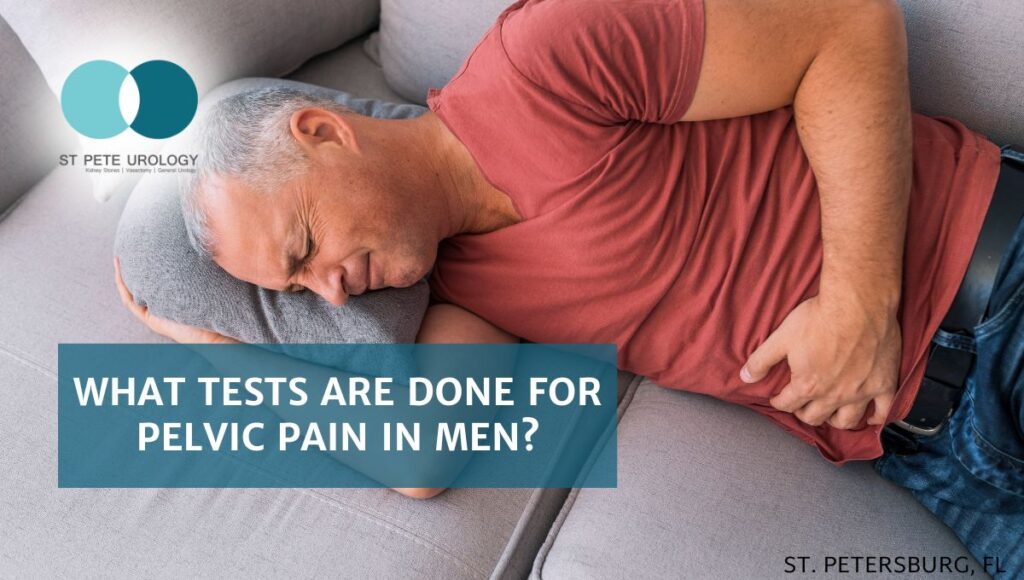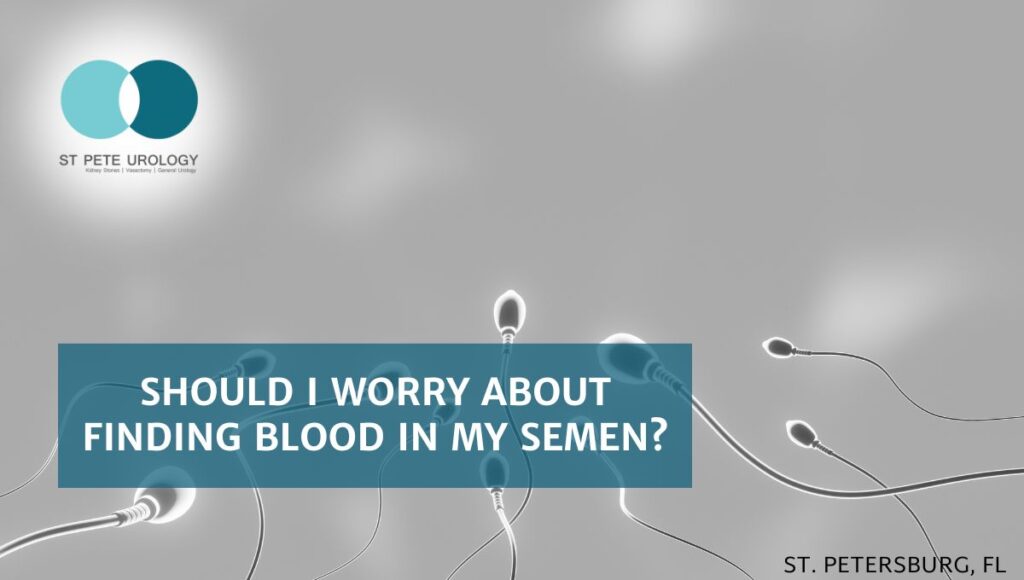Key Takeaways:
1. Overactive Bladder is a condition that causes sudden and disruptive urges to urinate, accompanied by both urinary and non-urinary symptoms.
2. Treatment options include self-management strategies, medications, and surgery.
3. An overactive bladder diagnosis and treatment should be discussed with a healthcare professional; St Pete Urology can provide professional, personalized care for OAB.
Do You Have an Overactive Bladder? Signs and Symptoms of Overactive Bladder
 Many people experience occasional bladder irritation, but for some, symptoms are often more frequent and bothersome. An overactive bladder (OAB) is a condition that affects a person’s ability to control their bladder. Although it’s not a serious medical threat, it’s highly disruptive and can interfere with your daily activities and quality of life. The aim of this article is to provide information about signs and symptoms of overactive bladder and experienced treatment to help people identify the condition and seek an appropriate diagnosis and treatment.
Many people experience occasional bladder irritation, but for some, symptoms are often more frequent and bothersome. An overactive bladder (OAB) is a condition that affects a person’s ability to control their bladder. Although it’s not a serious medical threat, it’s highly disruptive and can interfere with your daily activities and quality of life. The aim of this article is to provide information about signs and symptoms of overactive bladder and experienced treatment to help people identify the condition and seek an appropriate diagnosis and treatment.
Definition of Overactive Bladder
Overactive bladder is a condition where the bladder muscle contracts suddenly and uncontrollably even when the bladder isn’t full. This results in a sudden urge to empty the bladder coupled with greater frequency of urination. It’s quite common, especially as a person ages, and affects both men and women.
Overview of Symptoms
OAB is a combination of both urinary and non-urinary symptoms. These include frequent urination, an urgent need to use the bathroom, and nocturia, or increased nighttime urinating. Additionally, OAB symptoms often disrupt sleep, causing fatigue, embarrassment, and anxiety.
Urinary Symptoms
Frequent Urination
One of the hallmark symptoms of OAB is frequent and sudden urges to urinate. This is referred to as frequency-urgency syndrome and it is often very hard to control. During the day, it is not unusual for OAB sufferers to wake several times and run to the bathroom to empty their bladder.
Urgency
In addition to frequent urination, people with OAB often feel pressure and a sudden urge to urinate. This occurs even when the bladder isn’t full. Patients report feeling as though they have no control over their bladder and find it difficult to “hold it”. This can be quite embarrassing and can become a source of anxiety.
Nocturia
Nocturia, or increased urination at night, is also common in those with OAB. This can occur multiple times during the night and has an impact on the quality of sleep.
Non-Urinary Symptoms
Sleep Interruption
Nocturia is not only disruptive, but it can also cause significant fatigue from poor sleeping habits. Other non-urinary symptoms of OAB may include sleep interruption due to frequent nighttime waking, as described above.
Embarrassment
Having an overactive bladder can be embarrassing and can lead to social anxiety and withdrawal. Patients may find themselves avoiding certain activities altogether and staying close to the restroom.
Anxiety
Anxiety can quickly develop due to the inability to control these unexpected and sudden urges to urinate. Anxious individuals may feel embarrassed and disoriented when they cannot make it to a restroom in time.
Treatment
OAB can be managed with a combination of self-management strategies, medications, and in some cases, surgery.
Self-Management
Adopting self-management strategies can help reduce the frequency and urgency of urination. These strategies can include cutting out caffeinated drinks, avoiding irritants, such as alcohol and spicy foods, and scheduling bathroom trips and using calibrated timed voiding. Other strategies can involve physical activities, such as yoga and biofeedback exercises.
Medications
When symptoms cause significant disruption, your doctor may prescribe medications to help reduce the intensity and frequency of symptoms. Medications include anticholinergics and other types of drugs or treatments that help to quiet an overactive bladder. Some anti-muscarinic drugs relax the bladder muscles to help increase urinary capacity.
Surgery
In some cases, surgery may be recommended if medications aren’t successful in treating OAB symptoms. A procedure called sacral nerve modulation (also known as InterStim) is the most common type of surgical procedure used to treat OAB. This implantable device sends electrical impulses through the sacral nerves to help the bladder contract more normally.
Summary
Overactive Bladder is a condition that causes sudden and disruptive urges to urinate. It’s usually accompanied by urinary symptoms, such as frequent urination, urgency, and nocturia, and non-urinary symptoms, such as sleep disturbance, embarrassment, and anxiety. Self-management strategies, medications, and surgical options are all treatments available to manage symptoms.
When it comes to diagnosing and treating OAB, it’s important to seek the advice of a healthcare professional. If you think you may have OAB or have experienced any symptoms, it’s important to schedule an appointment with your doctor.
At St Pete Urology, our specialists provide experienced and personalized care for individuals living with OAB. Our physicians specialize in diagnosing and treating a variety of bladder conditions, fulfilling the individual medical needs of our patients in a comfortable and confidential environment. We strive to help individuals identify their treatments and develop healthy, comfortable symptom management plans.
Schedule Your Appointment at St Pete Urology
If you believe you’re exhibiting the signs and symptoms of overactive bladder, please do not hesitate to contact St Pete Urology. Our staff is available during regular business hours and can help answer any questions you may have. To schedule an appointment, please call us at (727) 478-1172.
References:
- “Nocturia: Symptoms, Diagnosis & Treatment.” https://www.urologyhealth.org/urology-a-z/n/nocturia.
- “Urinary tract infection (UTI) – Symptoms and causes – Mayo Clinic.” https://www.mayoclinic.org/diseases-conditions/urinary-tract-infection/symptoms-causes/syc-20353447.
- “Urinary Tract Infection | Antibiotic Use – CDC.” https://www.cdc.gov/antibiotic-use/uti.html.





